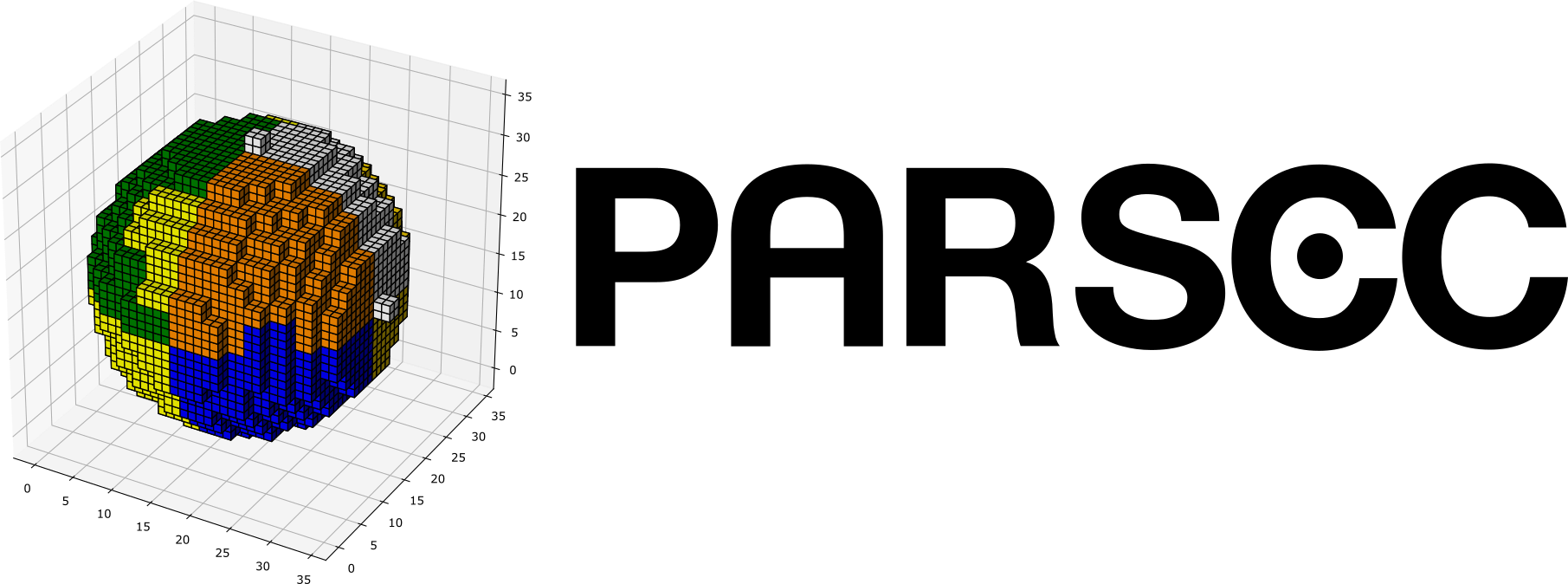劉凱昕 (Liou, Kai-Hsin)
PhD candidate of Chemical Engineering
The University of Texas at Austin, USA
lioukaihsin@utexas.edu
Curriculum Vitae
research interests
- computational materials science
- density functional theory
- defects in nanocrystals and proton transfer in liquid water
- polynomial filtering eigensolvers
publications
-
Dielectric Screening and Vacancy Formation for Large Neutral and Charged SinHm (n>1500) nanocrystals using real-space pseudopotentials
abstract
Physical Review Materials 6 (5), 054603 (2022)
with Timothy Liao and James R. Chelikowsky -
Space-Filling Curves for Real-Space Electronic Structure Calculations
abstract
Journal of Chemical Theory and Computation 17, 4039-4048 (2021)
with Ariel Biller and Leeor Kronik and James R. Chelikowsky -
Scalable Implementation of Polynomial Filtering for Density Functional Theory Calculation in PARSEC
abstract preprint
Computer Physics Communications 254, 107330 (2020)
with Chao Yang and James R. Chelikowsky -
Investigation of the Water Adsorption Properties and Structural Stability of MIL-100(Fe) with Different Anions
abstract
Langmuir 34 (14), pp.4180–4187 (2018)
with Yen-Ru Chen, Dun-Yen Kang, Jiun-Jen Chen, and Li-Chiang Lin -
Investigating the Potential of Single-Walled Aluminosilicate Nanotubes in Water Desalination
abstract cover
ChemPhysChem 18 (2), pp.179–183 (2017)
with Dun-Yen Kang and Li-Chiang Lin -
Defective Single-Walled Aluminosilicate Nanotubes: Structural Stability and Mechanical Properties
abstract cover
ChemNanoMat 2 (3), pp.189–195 (2016)
with Dun-Yen Kang -
Investigating Friction as a Main Source of Entropy Generation in the Expansion of Confined Gas in a Piston-and-Cylinder Device
abstract
Journal of Chemical Education 92 (10), pp.1667–1671 (2015)
with Dun-Yen Kang and Wei-Lun Chang -
Relationships among the Structural Topology, Bond Strength, and Mechanical Properties of Single-Walled Aluminosilicate Nanotubes
abstract cover
Nanoscale 7 (39), pp.16222–16229 (2015)
with Nien-Ti Tsou and Dun-Yen Kang
software

PARSEC solves electronic structures of materials based on real-space pseudopotential Kohn–Sham density functional theory. The output from PARSEC can be used as the input of NanoGW for excited-state property calculations. See the official webite http://real-space.org for more details.
archive
- APS March Meeting, March 2022
- APS March Meeting, March 2021
- 32nd Electronic Structure Workshop, June 2020
- APS March Meeting, March 2020
- APS March Meeting, March 2019
- APS March Meeting, March 2018

